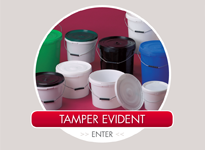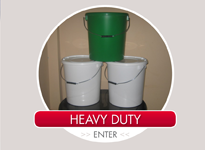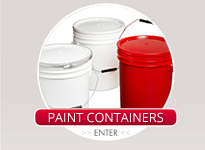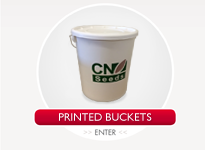
Plastic container manufacturing – a growth market
February 15, 2012 at 11:26 AM
Pira international, the worldwide authority on the packaging, paper and print industry supply chains, claims the global packaging market could reach $820 billion by 2016, according to their report “The Future of Global Packaging to 2016.” A huge part of this growth will be in plastic packaging and containers, which is great news for manufacturers.
This massive surge is expected to be driven by the ever growing demand for packaging in new and emerging economies such as India and Brazil, specifically effected by ongoing patterns like expanding urbanization, investment in housing and construction, a growing healthcare industry, and other rapid development in these fledgling economies, as well as China and some eastern European countries. This is coupled with an increase in personal disposable income in the developing regions, fuelling consumption for a variety of products, with the tandem growth in demand for the goods.
There will specifically be steady growth in demand for rigid plastic packaging, particularly in sectors such as cosmetics, toiletries, and general household and personal care products.
At the same time, flexible plastic packaging materials are being boosted from industries such as perishables, healthcare, convenience foods and certain industrial markets. The nature of these products mean manufacturers oif plastic containers will need to produce more of the UN and tamper evident containers.
According to the Pira’s report, the USA was the biggest consumer for packaging in 2010 at a total cost of $137 billion. Close behind was China at $80 billion. However, Pira expect China will overtake the USA by 2017, and also India will enter the top 10 countries; their demand almost doubling in the next five years to $24 billion.
We have the technology
Technological improvements should result in increased use of biopolymers in both rigid and flexible plastic applications, adding value to those plastic containers with functional and barrier coatings, as well as adding enhanced graphics, and lowering the consumption of resources by reducing weight across all plastics.
Rigid plastic containers and packaging is the second-largest sector at over 21%, or $144 billion in 2010, and this should expand to over $200 billion by 2016, while the flexible plastic and packaging market will increase from $130 billion in 2010 to over $163 billion by 2016.
Concluding, Pira’s report finds that food and healthcare packaging will carry on being the largest end uses in global packaging, and the food and drink industry will grow by almost $43 billion combined by the year 2016. billion.
Add Pingback

















